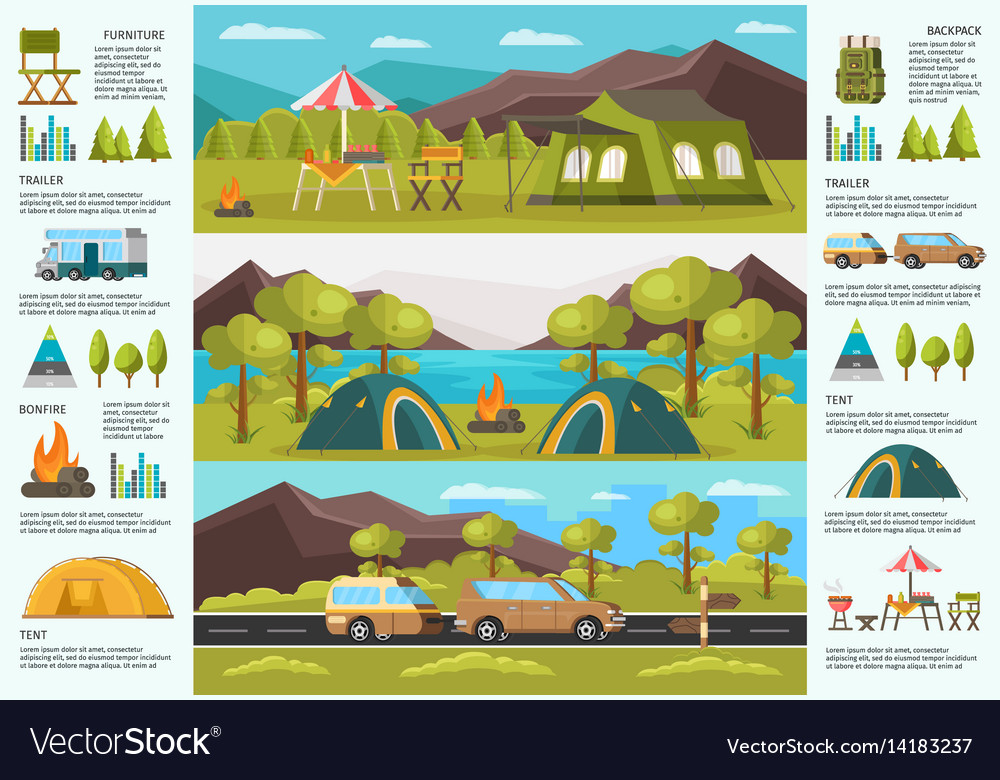Framing may seem like a small detail, but it's the skeleton of your building. If it's done incorrectly, the whole structure is at threat.
Knowing one of the most typical structure and truss design mistakes will aid building and construction professionals and DIY house owners prevent them. This will guarantee that the outcome is a secure and sturdy building.
1. Disregarding Tons Estimations
Overlooking accurate tons computations can bring about a variety of structural issues, from sagging roofings to fractured wall surfaces. It is essential to make sure that the proper estimations are performed by qualified engineers, taking into consideration dead and online lots and ecological factors. By doing so, contractors can decrease callbacks and enhance the durability of their job.
By focusing on careful preparation, adherence to design requirements and ideal techniques, and remaining current with sector criteria, building and construction specialists can remove most of these mounting blunders and attain well-founded outcomes. Staying clear of these typical errors can assist to make certain the safety and security and longevity of frame systems and structures, whether they are trusses or stick-built. By avoiding these mistakes, contractors can be much more confident that the structures they create will certainly take on also the toughest weather.
2. Selecting the Wrong Materials
Framing might feel like a tiny part of developing a structure, but it is the skeleton that ensures the total framework's stamina. Because of this, it is essential to avoid mistakes when building the framework system.
One common mistake entails picking the wrong materials for structure and truss building and construction. This can cause premature deterioration and minimized load-carrying capabilities. Therefore, builders need to talk to material suppliers and design professionals to select sturdy and trustworthy framing materials.
An additional typical framing blunder includes improper panel spacing. Plywood and OSB panels can reduce or broaden slightly, and this adjustment in wetness content need to be permitted by leaving area in between panels. When these areas are not left, the panels can break and buckle with time, which will certainly jeopardize the structure of the structure.
3. Forgetting Drywall Support
Even the smallest errors can have big effects for framing systems. Nevertheless, the framework skeleton is basically the foundation of the whole structure and the beginning point for attaining the design vision. Making sure to prevent these mounting style pitfalls will certainly help make certain a solid, steady building and stop costly callbacks later.
While it may feel like a minor oversight, neglecting to install drywall support is a serious concern that can have a major influence on the project's last outcome. Drywall backers use added support that protects against walls from drooping, warping and damaging over time. While a lot of understand the importance of setting up these added support items, they can easily fail to remember an area or two. Without them, drywall setup will certainly be much more tough and time-consuming.
4. Not Inspecting the Studs for Crowns
While a stud might appear to be smooth, the truth is that there is likely a crown on every stud. This tiny bump causes a stud to warp or bend somewhat, which can influence the overall frame framework and make it harder to put together wall surfaces. However, some carpenters fail to remember to examine the crowns in each stud before developing wall surfaces, which can develop an uneven wall surface and bring about costly structural problems down the line. Mindful planning, adherence to best methods, and the participation canvas of qualified professionals are crucial for effective timber framing jobs. Staying clear of these common frame system errors will certainly aid you build a risk-free and safe and secure building framework.
